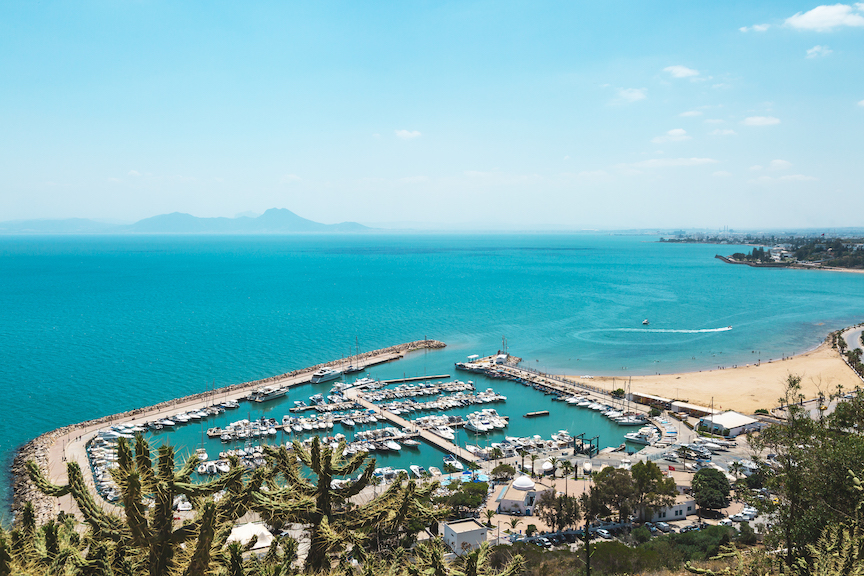2011 Protest in Tunisia Begin Arab Spring

Darfulr
Protests in Tunisia led to the ousting of President Zine El Abidine Ben Ali, sparking a wave of uprisings across the Arab world, including in Libya and Egypt, where long-standing leaders Muammar Gaddafi and Hosni Mubarak were overthrown..
The Arab Spring in Tunisia marked a pivotal moment in modern Middle Eastern and North African history, serving as both the catalyst and the archetype for the larger wave of revolutionary movements that swept across the region. Commencing in December 2010 and culminating in the ouster of Tunisian President Zine El Abidine Ben Ali in January 2011, the revolution fundamentally altered the socio-political landscape of Tunisia and set a precedent for citizen-led change in the Arab world.
The genesis of the Tunisian Arab Spring can be traced back to December 17, 2010, when Mohamed Bouazizi, a street vendor in the town of Sidi Bouzid, set himself on fire to protest against police corruption and harassment. This desperate act of self-immolation ignited a tinderbox of societal grievances that had been accumulating for years, including high unemployment, poverty, corruption, and a lack of political freedom. Bouazizi's act became a potent symbol of these pervasive issues, sparking widespread protests throughout Tunisia.
In response to the burgeoning unrest, the Tunisian government initially sought to quell the dissent through the use of force. Police and security forces employed tear gas, rubber bullets, and even live ammunition in efforts to disperse protestors. However, these repressive tactics only exacerbated public anger, leading to an escalation in protests which eventually spread to the capital city of Tunis. A significant aspect of this period was the role played by social media. Platforms like Facebook and Twitter became instrumental tools for mobilization and information dissemination, both within Tunisia and on an international scale.
By January 2011, it became apparent that the momentum was irreversibly against President Ben Ali. In a last-ditch effort to pacify the populace, he made several public concessions, including a promise to step down at the end of his term in 2014 and the announcement of economic measures aimed at alleviating public hardship. These attempts at appeasement, however, proved to be too little, too late. On January 14, 2011, facing escalating opposition and diminishing options, Ben Ali fled to Saudi Arabia, effectively ending his 23-year rule.
In the aftermath of Ben Ali's departure, Tunisia entered a phase of political transition. A provisional government was quickly established to restore order and oversee the country's shift to a democratic system. This culminated in October 2011 with Tunisia's first-ever free elections, resulting in a coalition government. Moreover, in 2014, the country adopted a new constitution that was widely praised for its progressiveness, particularly in the areas of human rights and civil liberties.
However, despite these optimistic developments, Tunisia continues to grapple with numerous challenges, including economic stagnation, political division, and issues related to terrorism and security. Nonetheless, the Tunisian experience served as a catalyst for similar uprisings across the Arab world, influencing events in countries like Egypt, Libya, and Syria. Unlike its regional counterparts, however, Tunisia has largely succeeded in maintaining a democratic trajectory, thereby serving as both a role model and a cautionary tale for the possibilities and pitfalls inherent in revolutionary change.
In conclusion, the Arab Spring in Tunisia was a watershed event that not only transformed the political fabric of Tunisia but also had a profound impact on the Arab world at large. It demonstrated the potential for popular movements to enact meaningful change, while also underscoring the complexities and challenges associated with such dramatic shifts in governance.
 >
>